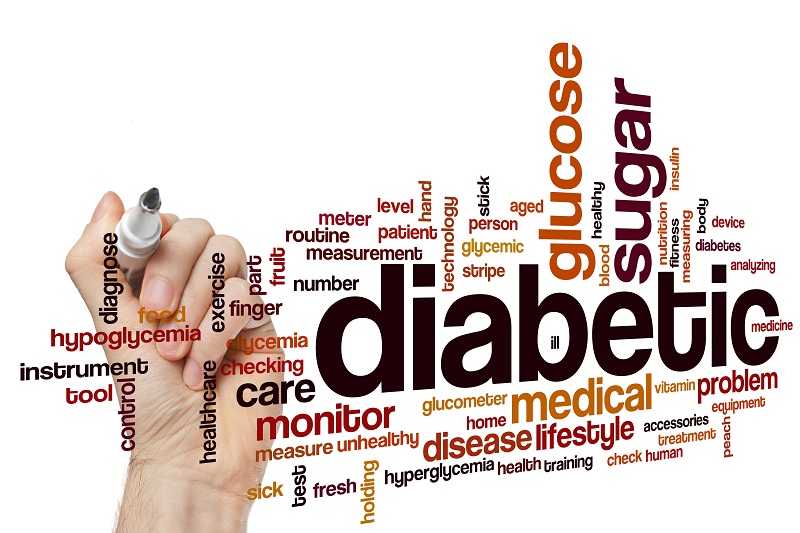We are reminded during National Diabetes Awareness Month of the many daily challenges that are a part of living with diabetes – especially during COVID-19 and the holidays. If you are feeling overwhelmed it could be diabetes distress. Learn how to identify signs of diabetes distress, and what you can do to find support and manage negative emotions
Have you ever felt frustrated, angry, or stressed while managing your diabetes? You’re not alone – many people have a hard time coping with the emotional demands of diabetes management. In fact, the term “diabetes distress” is used to describe the experience of negative emotions that come from the challenges of living with diabetes.
If this resonates with you, you should know that diabetes distress is quite common. In fact, Diabetes UK reports that one in four people with type 1 diabetes and one in five people with type 2 diabetes experience high levels of diabetes distress. Data from the CDC indicates that rates of diabetes distress may be even higher, reporting that one in three people with type 2 diabetes may experience it. Moreover, researchers predict that rates may be further elevated due to the effects of COVID-19, including social isolation, increased general anxiety and depression, and disruption of normal routines. See here for diaTribe’s list of mental health resources during COVID-19.
Dr. Korey Hood presented “Diabetes Distress & Coping in the Time of COVID-19” as part of Stanford’s Project ECHO Diabetes series. He explained that many people worry extensively about future diabetes complications, which can prompt increased levels of distress. Other common stressors for people with diabetes include: concerns about glucose levels, insulin doses, device functionality, the ways diabetes interferes with daily life, feelings of social embarrassment or dependence, or fear of needles.





